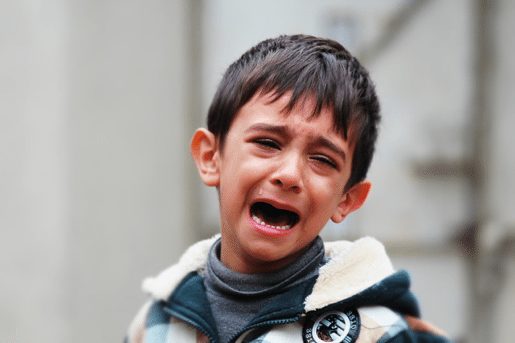Children with hypoxic-ischemic encephalopathy (HIE) sometimes develop behavioral and/or emotional disorders. These can be the direct result of brain injury to the portions of the brain that control emotional regulation, or they may stem from other issues, such as frustration at particular limitations, social situations, or other disability-related concerns. The severity of the behavioral or emotional disorder can vary with the severity of the condition and the degree of limitation that the child has.
Types of behavioral and emotional disorders that are associated with HIE
Research has suggested that HIE may be associated with a higher risk of the following behavioral and emotional conditions (1, 2):
- Social issues
- Anxiety
- Depression
- Attention-related difficulties
- Hyperactivity
- Autism spectrum disorder (ASD)
Addressing behavioral and emotional disorders
There are a variety of different interventions that may benefit children with behavioral and emotional disorders:
Cognitive therapy
Seeks to reduce negative thought patterns, such as a tendency to see minor issues as catastrophes. It isn’t just about “thinking positively” – cognitive therapy teaches patients strategies for how to avoid dwelling on problems and helps them control how they perceive different situations.
Behavioral therapy
Focuses on “unlearning” harmful attitudes and behaviors. When young children participate in behavioral therapy, it may involve a reward system.
Cognitive-behavioral therapy (CBT)
A combination of the two aforementioned therapies, which focuses on how thoughts, beliefs, and attitudes can influence behaviors and emotions. For children with behavioral and emotional disorders, CBT may involve training in social skills such as making eye contact and initiating conversation (3). It can also help kids cope with issues like ADHD, anxiety, and depression (4).
Family counseling
May help the child’s family members process their own feelings and work towards finding solutions to household conflicts and behavioral difficulties.
Group therapy
A trained counselor works with several children at once, giving them the opportunity to learn from one another and realize they are not alone in their struggles. Group therapy can also help children improve their social skills.
Psychopharmacologic treatments
In some cases, children struggle even with therapy. Some may benefit from psychopharmacological medications, i.e. prescription drugs. In order to determine whether medication may be necessary/beneficial for your child, it is important to consult with a pediatrician. They can help to determine which interventions will be the least risky and most effective (5).
Behavioral and emotional disorders: additional resources
For further information on help for children with behavioral and emotional disorders, check out the following resources:
- Kid’s Mental Health Information Portal
- KidsHealth: Taking Your Child to a Therapist
- Identifying Emotional or Behavioral Disorders
About HIE Help Center
The HIE Help Center is run by ABC Law Centers, a medical malpractice firm exclusively handling cases involving HIE and other birth injuries since 1997.
If you suspect your child’s HIE may have been caused by medical negligence, contact us to learn more about pursuing a case. We provide free legal consultations, during which we will inform you of your legal options and answer any questions you have. Moreover, you would pay nothing throughout the entire legal process unless we obtain a favorable settlement.
You are also welcome to reach out to us with inquiries that are not related to malpractice. We cannot provide individualized medical advice, but we’re happy to track down informational resources for you.
Sources
- van Handel, M., Swaab, H., de Vries, L. S., & Jongmans, M. J. (2009). Behavioral outcome in children with a history of neonatal encephalopathy following perinatal asphyxia. Journal of pediatric psychology, 35(3), 286-295.
- van Handel, M., Swaab, H., De Vries, L. S., & Jongmans, M. J. (2007). Long-term cognitive and behavioral consequences of neonatal encephalopathy following perinatal asphyxia: a review. European journal of pediatrics, 166(7), 645-654.
- FNP, K. D. (2018, September 25). Cognitive behavioral therapy: How does CBT work? Retrieved April 26, 2024, from https://www.medicalnewstoday.com/articles/296579.php
- Team, U. (n.d.). Cognitive Behavioral Therapy: What You Need to Know. Retrieved April 24, 2024, from https://www.understood.org/en/learning-attention-issues/treatments-approaches/therapies/faqs-about-cognitive-behavioral-therapy
- Gleason, M. M., Goldson, E., Yogman, M. W., & Committee on Psychosocial Aspects of Child and Family Health. (2016). Addressing early childhood emotional and behavioral problems. Pediatrics, 138(6), e20163025.

